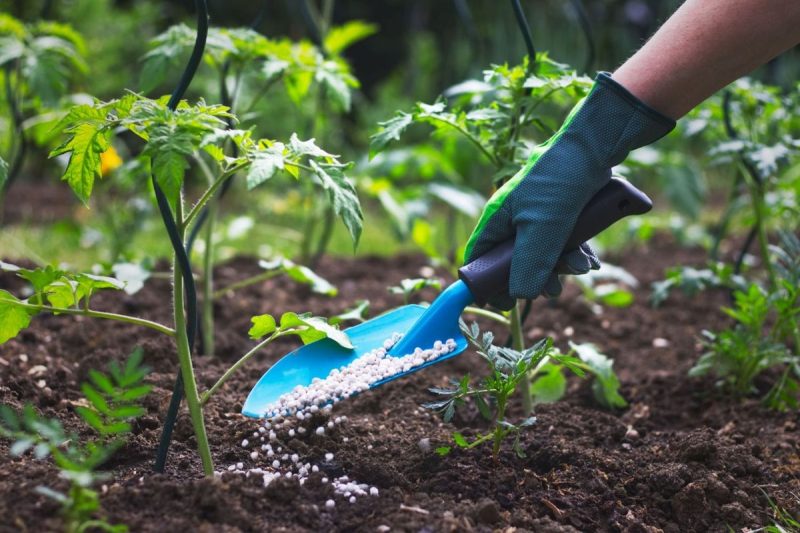Fertilizers: The Difference Between Potash and Phosphate
Potash and phosphate are two essential nutrients in the world of fertilizers, each playing a crucial role in supporting plant growth and health. Understanding the differences between potash and phosphate can help farmers and gardeners make informed decisions about which fertilizers to use for specific crops or soil conditions.
Potash, also known as potassium chloride, is a common fertilizer ingredient that provides plants with the essential nutrient potassium. Potassium is vital for various plant functions, including photosynthesis, water uptake, and disease resistance. Potash is especially beneficial for fruits and vegetables that require high levels of potassium to develop strong roots, resist pests and diseases, and produce high-quality yields.
Phosphate, on the other hand, is an essential nutrient that provides plants with phosphorus, another critical element for plant growth and development. Phosphorus plays a crucial role in energy transfer, root development, flower and fruit production, and overall plant metabolism. Without an adequate supply of phosphate, plants may exhibit stunted growth, poor flowering, and lower crop yields.
While both potash and phosphate are essential for plant growth, they differ in their functions and application methods. Potash is typically applied to the soil surface or incorporated into the soil before planting to ensure uniform distribution and optimal plant uptake. In contrast, phosphate fertilizers can be applied to the soil surface or directly to plant roots, as phosphorus is less mobile in the soil compared to potassium.
Another key difference between potash and phosphate is their solubility in water. Potash is highly water-soluble, meaning it can dissolve quickly in the soil and become readily available to plants. Phosphate, however, is less soluble and can become bound to soil particles, making it less accessible to plants over time. To overcome this limitation, some phosphate fertilizers are treated with compounds that enhance phosphorus availability to plants.
When selecting fertilizers for specific crops, soil types, and growing conditions, it is essential to consider the nutrient requirements of the plants and the nutrient content of the fertilizers. Soil tests can help determine the existing nutrient levels in the soil and guide the selection of appropriate fertilizers to address any deficiencies.
In conclusion, potash and phosphate are essential nutrients that play unique roles in supporting plant growth and health. By understanding the differences between potash and phosphate, farmers and gardeners can make informed decisions about fertilizer selection and application to promote healthy plant growth and optimize crop yields.
